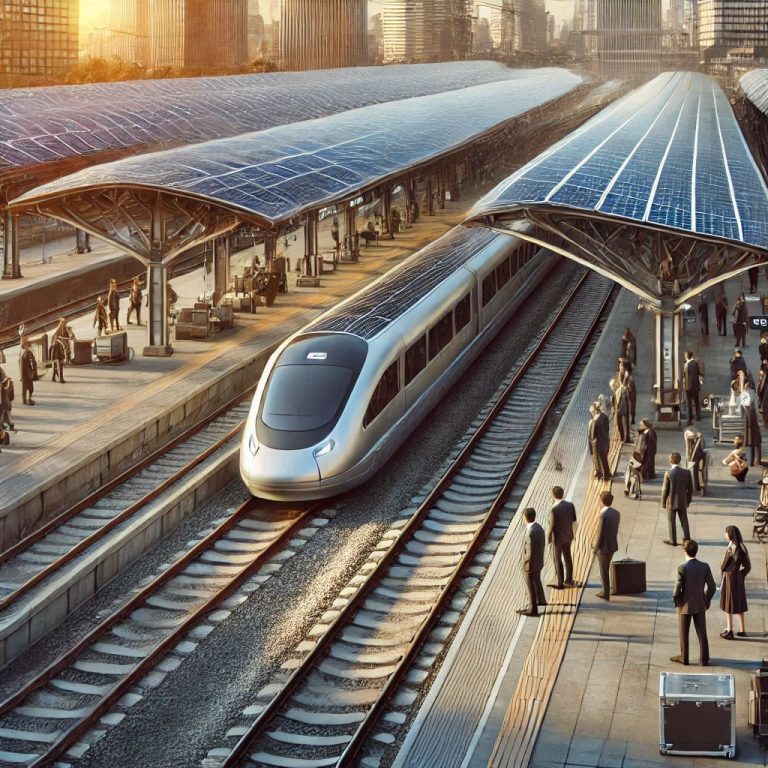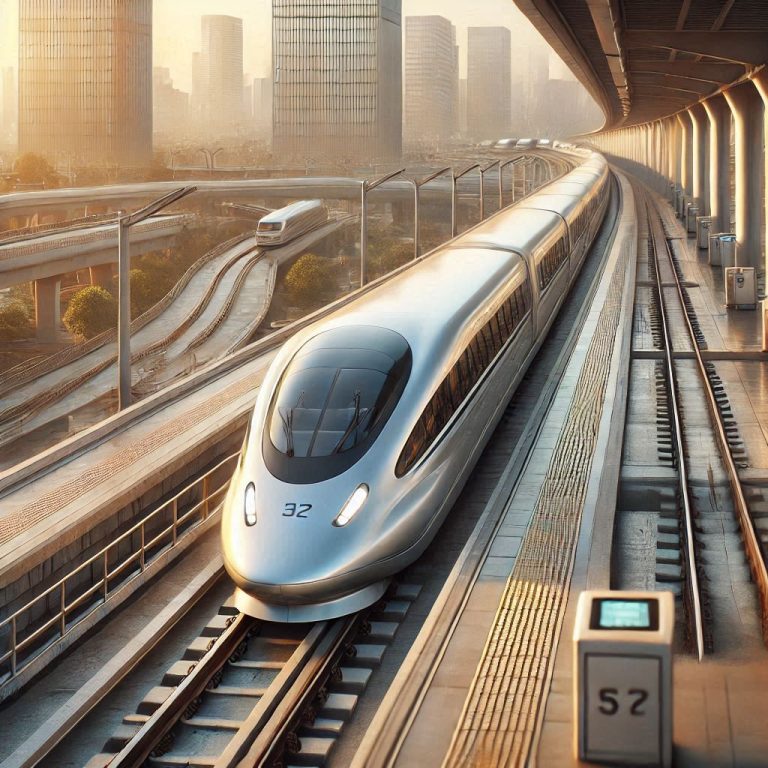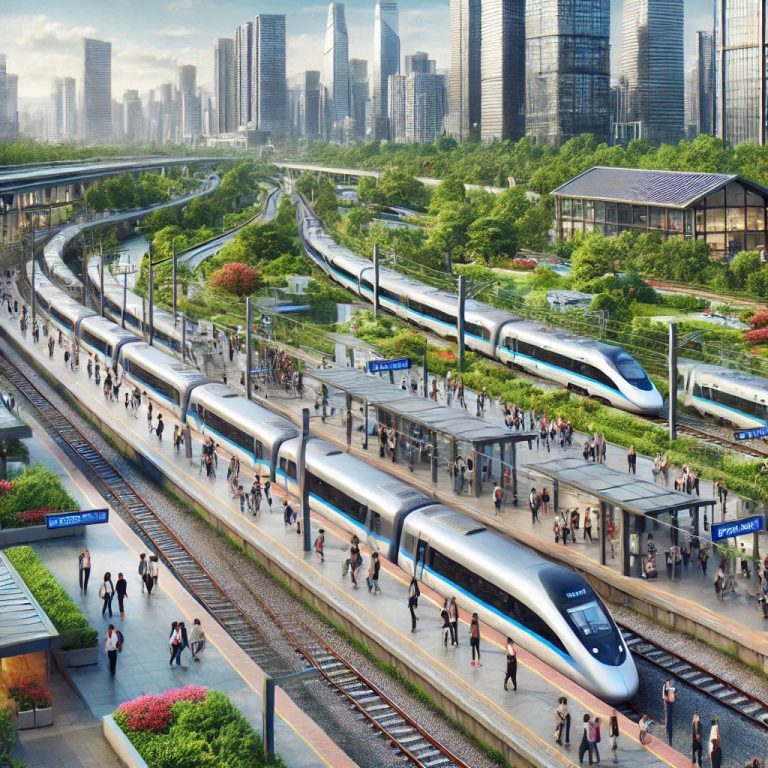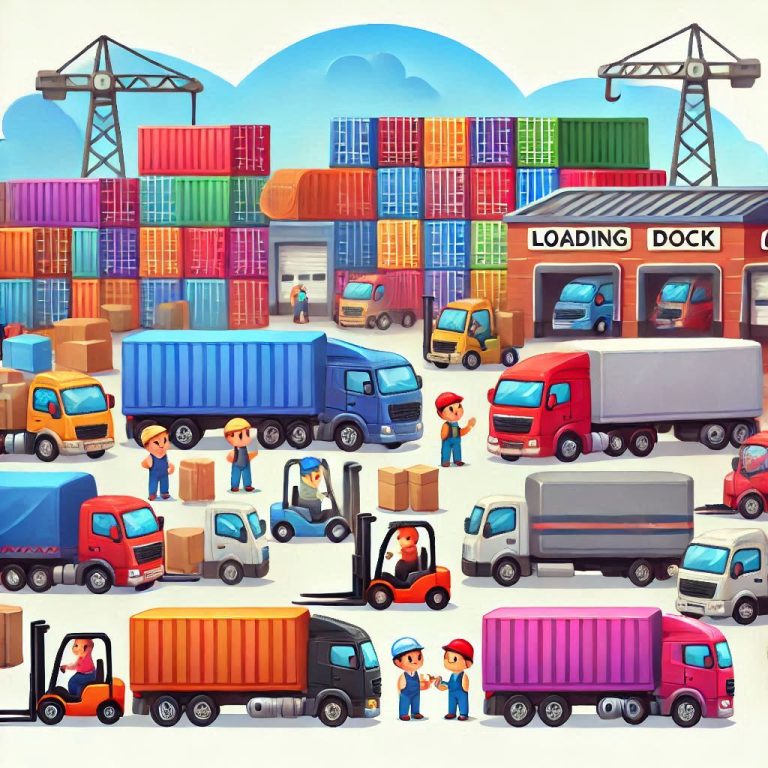
Introduction:
Train travel has long been a cornerstone of transportation, connecting cities and countries with speed and efficiency. However, the history of rail travel is also marked by tragic accidents that have led to significant loss of life and raised important questions about railway safety. From catastrophic collisions to devastating derailments, these disasters have often resulted in changes to safety regulations and practices. This article explores some of the most well-known train disasters in history, shedding light on the events that led to these tragedies and their lasting impact on the railway industry.
- The Malbone Street Wreck – New York City, United States (1918).
Description: The Malbone Street Wreck is considered one of the deadliest train accidents in American history. It occurred in a tunnel beneath Malbone Street (now Empire Boulevard) in Brooklyn. Cause: The accident was caused by a combination of excessive speed and an inexperienced motorman who was operating the train during a strike by regular motormen. Impact: The crash resulted in the deaths of at least 93 people and injured over 100. This disaster led to significant changes in New York City’s transit system, including stricter safety regulations and improvements in tunnel and track design.
- The Harrow and Wealdstone Rail Crash – London, United Kingdom (1952).
Description: The Harrow and Wealdstone rail crash is one of the worst peacetime railway disasters in the United Kingdom. It took place at the Harrow and Wealdstone station in London. Cause: The disaster occurred due to a signal passed at danger (SPAD) by an express train, which collided with a local train and was then struck by another express train. Impact: The crash resulted in 112 fatalities and 340 injuries. It led to major changes in railway signalling systems and the implementation of the Automatic Warning System (AWS) across the British railway network.
- The Granville Train Disaster – Sydney, Australia (1977).
Description: The Granville train disaster occurred near Granville station in Sydney, New South Wales. It is one of the deadliest train accidents in Australian history. Cause: The accident was caused by the collapse of a bridge onto the train due to poor track maintenance and the structural failure of the bridge. Impact: The disaster resulted in 83 fatalities and 213 injuries. It prompted a comprehensive review of railway safety standards in Australia and significant investments in infrastructure maintenance and improvement.
- The Eschede Train Disaster – Lower Saxony, Germany (1998).
Description: The Eschede train disaster is the worst high-speed train accident in history, involving an ICE (InterCity Express) train. Cause: The accident was caused by a wheel failure, leading to the derailment of the train and a collision with a bridge. Impact: The disaster resulted in 101 fatalities and over 100 injuries. It led to the implementation of new safety standards for high-speed trains and improvements in wheel design and maintenance procedures.
- The Fuxin Train Collision – Liaoning, China (1993).
Description: The Fuxin train collision occurred in Fuxin, Liaoning province, and is one of the deadliest train accidents in Chinese history. Cause: The collision was caused by a signal error, leading to a head-on collision between two passenger trains. Impact: The crash resulted in 108 fatalities and 200 injuries. It highlighted the need for improved signalling systems and better training for railway staff in China.
- The Tangiwai Disaster – North Island, New Zealand (1953).
Description: The Tangiwai disaster is the worst rail accident in New Zealand’s history, occurring near the town of Tangiwai on the North Island. Cause: The accident was caused by the collapse of a railway bridge due to a lahar (volcanic mudflow) from Mount Ruapehu. Impact: The disaster resulted in 151 fatalities. It led to the establishment of new monitoring systems for volcanic activity and lahar warning systems to prevent similar accidents in the future.
Summary:
Train disasters have been a somber part of railway history, often leading to crucial safety improvements. Notable incidents include the 1918 Malbone Street Wreck in New York City, the 1952 Harrow and Wealdstone rail crash in the UK, and the 1977 Granville train disaster in Australia. Each of these events underscored the importance of stringent safety measures and the continuous need for technological advancements in railway systems. By examining these disasters, we can better understand the challenges and progress in ensuring safer train travel for everyone. The lessons learned from these tragedies have shaped the modern railway industry and continue to influence safety protocols and infrastructure development worldwide.



